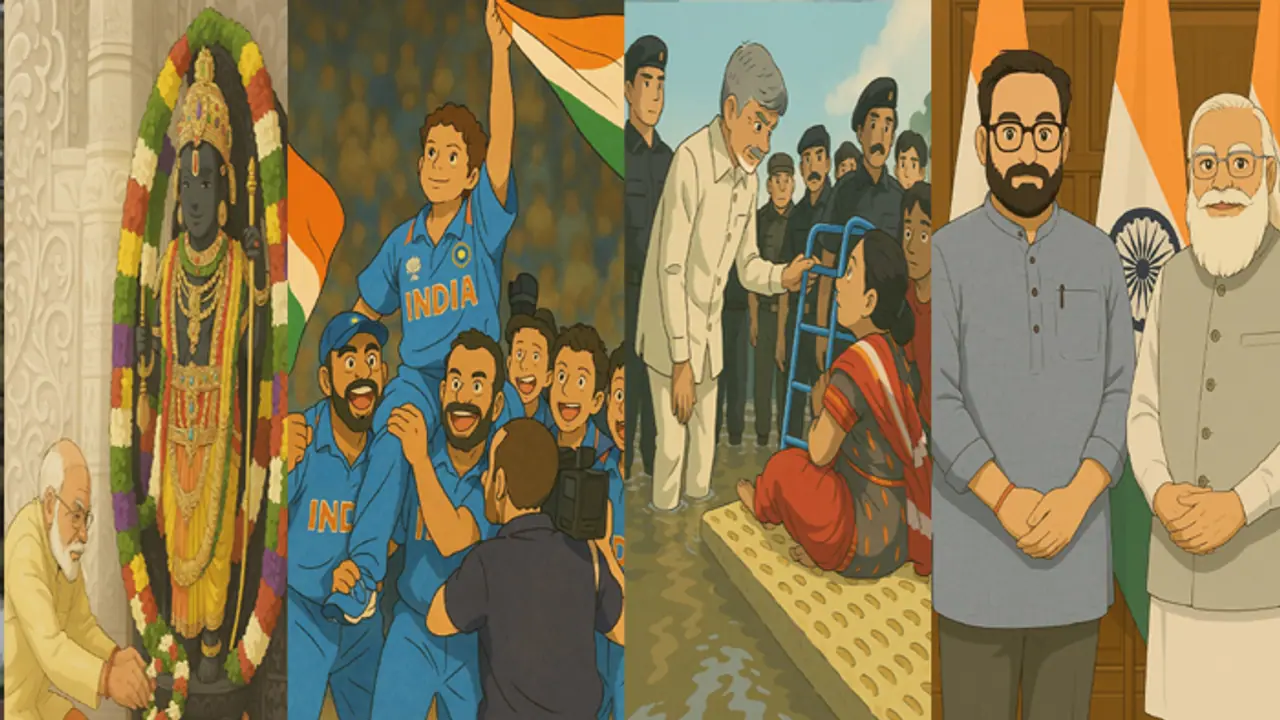Facial Recognition Technology (FRT) industry, valued at $5.01 billion in 2021, is projected to skyrocket to $12.67 billion by 2028. Major tech giants like Meta and Google have long been accused of using user images to train their AI models—yet they remain tight-lipped about how deep this exploitation runs.
Social media is currently flooded with stunning Ghibli-style portraits, courtesy OpenAI’s ChatGPT-4o. From Facebook and Instagram to X, people are enthusiastically sharing their AI-generated avatars. The trend is not just limited to personal images but users are also uploading family pictures, including those of children just to be a part of the viral trend.

In their quest for artistic renditions, users are unknowingly handing over their facial recognition data to AI companies.
Your face is new Currency - And it’s being cashed every day
Every single day, millions willingly submit their facial data to AI companies—be it for unlocking their smartphones, tagging friends in photos, or granting camera permissions to apps.
What most fail to grasp is that AI firms don’t just process these images; they scan, store, and map the unique dimensions of your face. Unlike passwords or credit card numbers, which can be changed if compromised, your facial identity is permanent. Once stolen, it’s nearly impossible to reclaim.
Who’s profiting off your face?
Facial Recognition Technology (FRT) industry, valued at $5.01 billion in 2021, is projected to skyrocket to $12.67 billion by 2028. Major tech giants like Meta and Google have long been accused of using user images to train their AI models—yet they remain tight-lipped about how deep this exploitation runs.
Meanwhile, online tools like PimEyes allows anyone to upload a photo and track a person’s digital footprint, opening the door to stalking and privacy breaches.
Some do's and don'ts
If you want to protect your biometric identity, it’s time to stop feeding the AI beast. Here’s what you can do:
- Ditch the trend: Avoid uploading high-resolution photos, especially on AI-powered platforms.
- Disable facial recognition: Use PINs or passwords instead of face unlock features.
- Stay vigilant: Revoke unnecessary camera permissions from apps.
- Demand accountability: Push governments and tech companies to disclose how biometric data is collected and used.
Governments must also ban the unauthorized use of facial recognition and impose stringent laws to rein in AI’s unchecked expansion.
Also read: How to create stunning Ghibli-style AI images: Step-by-step guide
What is Ghilbi Art?
The globe was rocked by OpenAI's native picture creation function on Wednesday. Since then, social media users have discovered that the new tool is also highly adept at mimicking other artistic styles. As a result, they have utilised it to transform their photographs into company Ghibli-style images and get access to the Japanese animation company.
Hayao Miyazaki, Isao Takahata, and Toshio Suzuki established the renowned Japanese animation company company Ghibli in 1985. It is renowned for its intricate scenery, emotionally compelling narrative, and hand-drawn animation. In addition to being the name of the Italian aircraft Caproni Ca.309 Ghibli, the studio's name, "Ghibli," is derived from the Libyan Arabic term for a scorching desert wind.
An image produced in the distinctive Studio Ghibli style, which is distinguished by delicate and subdued colour schemes, minute details, and a mystical ambiance, is referred to as a Ghibli portrait. Because of its creative richness and compelling narrative, this visual style has remained popular among anime fans.
Neighbour Totoro, Spirited Away, Howl's Moving Castle, Kiki's Delivery Service, and Princess Mononoke are a few of the company's best-known animated productions.
